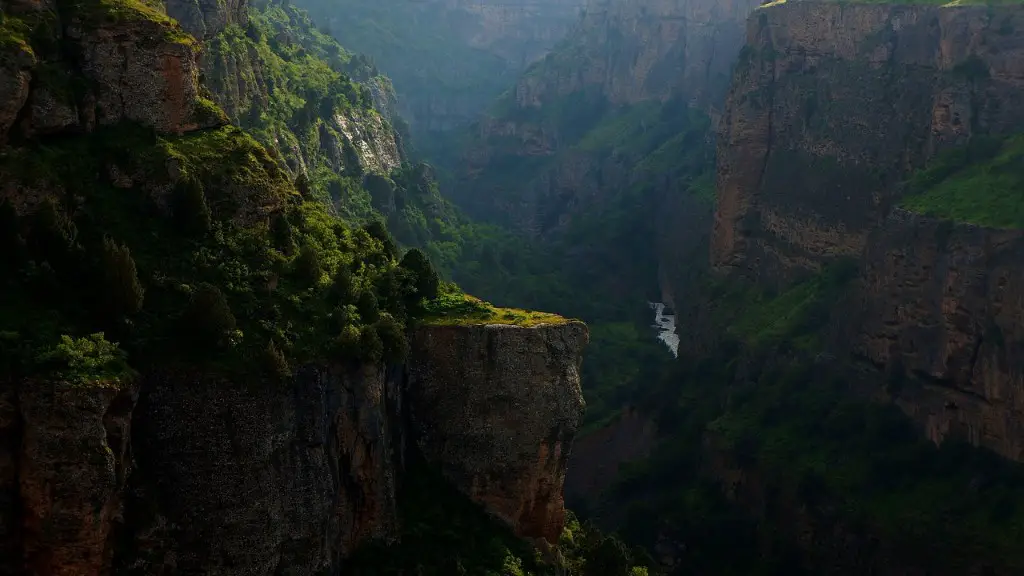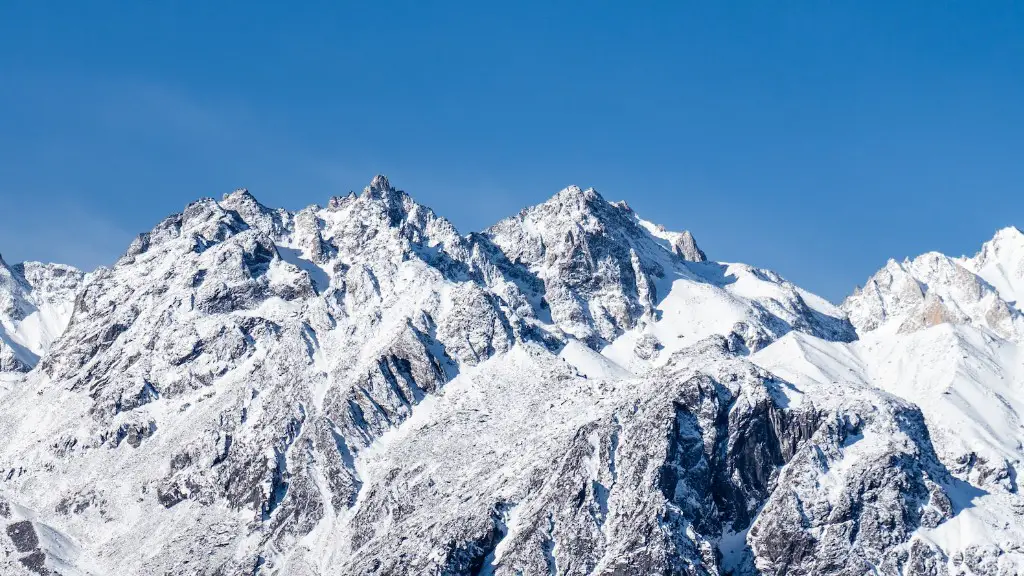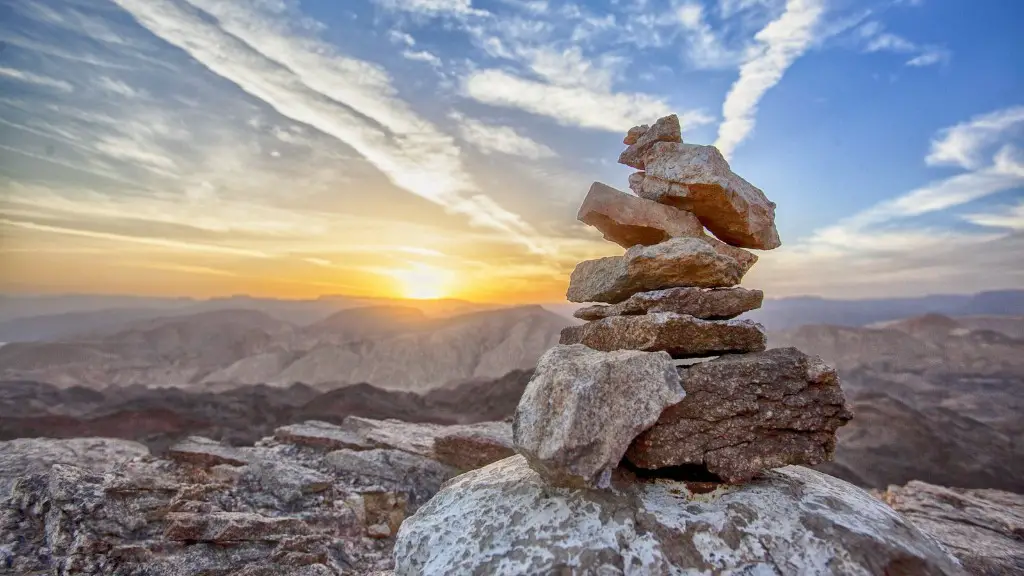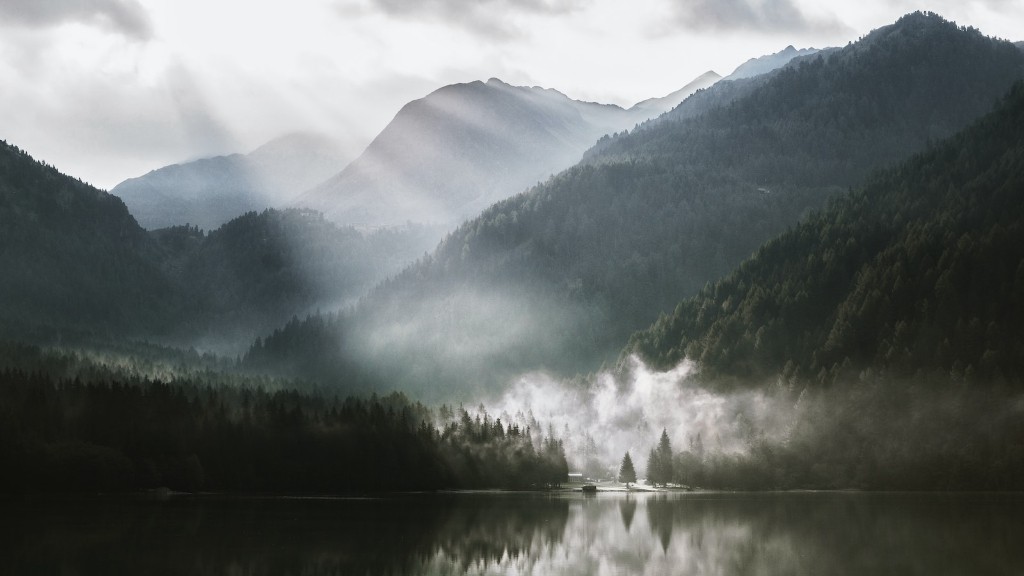Mount Fuji is the tallest mountain in Japan and is a popular symbol of the country. It is located on the island of Honshu and is about 100 kilometers southwest of Tokyo. Mount Fuji is an active volcano that last erupted in 1707.
Mount Fuji is one of Japan’s most famous landmarks and it is considered a national symbol. The name “Mount Fuji” comes from the old Japanese word “fuchi”, meaning “never-ending”. The mountain is located on the island of Honshu, about 100 kilometers (60 miles) southwest of Tokyo. It is the highest mountain in Japan, rising to a height of 3,776 meters (12,388 feet). Mount Fuji is an active volcano, with the last major eruption occurring in 1707.
What is the spiritual meaning of Mount Fuji?
Mt Fuji is a popular destination for Japanese pilgrims, who often climb the mountain to offer prayers to the spirits of their deceased ancestors. The mountain is also believed to be a gathering point for these spirits, and many people believe that Konohanasakuya-hime, the goddess of fire and fertility, protects them from volcanic eruptions, fire, and childbirth.
There is no doubt that Mount Fuji is one of the most beautiful and majestic mountains in the world. For centuries, it has been a symbol of faith and admiration for the Japanese people. Its stunningly symmetrical shape and grandeur leave a deep impression on everyone who sees it, filling their hearts with sublime bliss.
What is the story of Mount Fuji
Mt Fuji is a very important part of Japanese society and culture. It is the home of multiple deities, including the goddess Sengen. The mountain has been the source of many myths and stories. It is a very beautiful and majestic place.
Mount Fuji has been a sacred site for followers of the Shinto religion since the 7th century. Shintoists consider the peak of the mountain to be sacred to the goddess Sengen-Sama, and many shrines can be found at the base and ascent. Mount Fuji is one of Japan’s three holy mountains, along with Mount Tate and Mount Haku.
Is Mount Fuji lucky?
Mt Fuji is a special place in Japanese culture and is seen as a place of luck and good fortune. More than 200,000 people climb Mt Fuji for two months in the year from July 1st to September 10th, when the mountain is free of snow and the weather conditions are good.
Konohanasakuya-hime is an important goddess in Japanese mythology. She is the goddess of Mount Fuji and all volcanoes, and is also the blossom-princess and symbol of delicate earthly life. Konohanasakuya-hime is often considered an avatar of Japanese life, due to her strong association with the sakura (cherry blossom), which is a symbol of Japan.
Why do people love Mount Fuji?
Mountain climbing is an activity that has been around for centuries and is still popular today. Many people climb mountains for the thrill and the challenge, as well as for the views. Fuji is one of the most popular mountains to climb in Japan, and it is also a very sacred mountain. Japanese Buddhists believe that Fuji is a gateway to another world, and many people travel to the mountain to pay their respects. Climbing Fuji is a popular activity for thrill seekers and adventurers from all over the world.
Mount Fuji is a symbol of Japan that has been used in a variety of contexts over time. Its distinctive shape is firmly embedded in Japanese culture, but its ethical, ritual, and spiritual associations have made it malleable to different interpretations. In the 1930s and early 1940s, Mount Fuji came to symbolize ultranationalistic ambitions. However, after World War II, it came to be seen as a symbol of peacetime democracy. Today, Mount Fuji is used to represent a variety of things, from art to nature to commerce. No matter what it symbolizes, Mount Fuji remains an important part of Japanese culture.
Does Fuji mean immortal
Fuji-san is a special mountain because it is said to have the power of immortality. That’s why people called it Fuji-san, with the word fuji meaning “immortality” and san meaning “mountain” in the Japanese language. People must have gazed in awe at the mountain each time they saw it, knowing that it had this special power.
Dojin is one of the many gods in the Japanese pantheon and is responsible for earth, land, and soil. He is usually depicted as a young man with a green complexion. In some artwork, he is shown with a hammer or other tools of his trade. Dojin is an important god in the Shinto religion and is venerated by many.
What is the quote about Mt. Fuji?
This quote from Miyamoto Musashi is a great reminder to keep our aspirations high, and to never give up on our dreams. Just like Mt Fuji, we should strive to be grounded and unshakeable in our resolve, while also remaining open-minded and focused on what truly matters. With this attitude, we can accomplish anything we set our minds to.
Mt. Fuji is Japan’s tallest mountain, and is often considered to be a representation of a female body. The crater at the summit is said to be symbolic of a woman’s womb, and the mountain is seen as a powerful symbol of femininity.
What is beautiful about Mount Fuji
Mt. Fuji is one of Japan’s most iconic and well-known landmarks. Its distinctive cone shape and gorgeous views have captivated people for centuries, and it continues to be a popular destination for tourists from all over the world. Whether you’re looking to hike to the summit, enjoy the views from a lakeside hotel, or simply get a glimpse of the mountain from the city, Mt. Fuji is definitely worth a visit.
The first recorded ascent of Mount Fuji was in 663 by an anonymous monk.
The kanji for Mount Fuji have changed over time. The current kanji, 富 and 士, mean “wealth” or “abundant” and “man of status” respectively.
Mount Fuji is a popular tourist destination and many people climb to the summit every year.
What are 5 facts about Mount Fuji?
Mount Fuji, located on the island of Honshu, Japan, is the 8th highest volcano in Asia. Mount Fuji last erupted from 1707 to 1708, and has erupted several times already starting about 100,000 years ago.
The name Amaterasu is a combination of the words ama, meaning “heaven,” and terasu, meaning “to shine.” She is also known as Ōhirume-no-muchi-no-kami (“Great Goddess Who Dwells in the Center of Heaven”) and Takamagahara-no-kami (“High Heavenly Plain Deity”).
Amaterasu is said to have been born from the left eye of the creator deity, Izanagi, when he washed himself in the river after returning from the land of the dead. She is the sister of the moon god, Tsukuyomi, and the storm god, Susanoo.
Amaterasu’s primary shrine is at Ise, in Mie prefecture, where her sacred mirror, symbolizing her role as guardian of the universe, is kept. This mirror, along with a sacred sword and jewel, were given to her grandson, the first emperor of Japan, Jimmu, by the goddess herself. These three imperial regalia, known collectively as the san-sangen-dō, are still used in the accession ceremony of the Japanese emperor.
Who is the Japanese god of peace
Hachiman is a Shinto deity. He is the patron deity of the samurai class and the protector of the Japanese people. He is also the god of war and of agriculture. Hachiman is depicted as a young man carrying a bow and arrows. He is also sometimes shown riding a white horse.
These four mythological creatures are considered to be the guardian deities of the four cardinal directions. In Chinese mythology, they are often regarded as the highest authority of the heavens, and are often invoked together in rituals and incantations.
The Blue Dragon is said to govern the east and the element of wood, the White Tiger the west and the element of metal, the Red Phoenix the south and the element of fire, and the Black Tortoise the north and the element of water.
Together, these four guardian deities are said to protect and bring balance to the world.
Conclusion
Mount Fuji is the tallest mountain in Japan and is a symbol of the country. It is also a popular tourist destination, with many people coming to climb to the summit every year.
The most common interpretation of Mount Fuji is that it is a symbol of the power and beauty of nature. To many, it represents the perfect harmony between humanity and the natural world.





